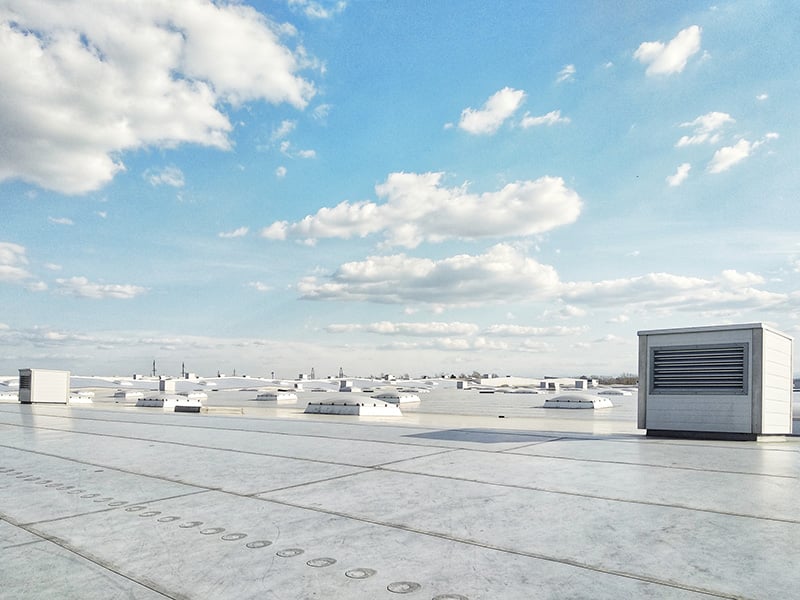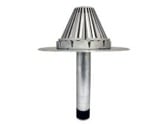Unfortunately, there is no one-size fits all tip sheet for selecting a commercial roof drain. Every roof is build differently, local weather patterns create unique requirements and ever manufacturer offers different drain sizes, features and materials.
For this reason, it's recommended to discuss your roof and drainage needs with a roof drain specialist. But, before that, make sure to have the following information available to ensure you receive the optimal roof drain for your needs.
Below we've included a list of information to have at the ready when shopping for roof drains. Each may impact your roof drain options.
- Type of roof construction.
- Roof pitch.
- Maximum volume of expected rainfall and storm design criteria — This information must be obtained from your local weather bureau and/or local code authority.
- Desired rate of drainage. Safety overflow requirements — Emergency/secondary overflow roof drains are recommended. Local codes vary, but it is recommended to provide a 1-to-1 ratio.
- Roof load — The maximum possible rainwater (build-up) load should be determined and provided to the structural engineer for inclusion in the roof structure design.
- Location of drains — Consult your local code requirements.
- Drain size.
- Vandal-proofing.
In addition, it's a good idea to have a general sense of how many roof drains are required. Read our post, "5 steps to calculate total roof drains needed" to find this number.
Please Note: Always consult your local code for sizing and design criteria when designing the roof drain system. Local code requirements take precedence over manufacturer information.





